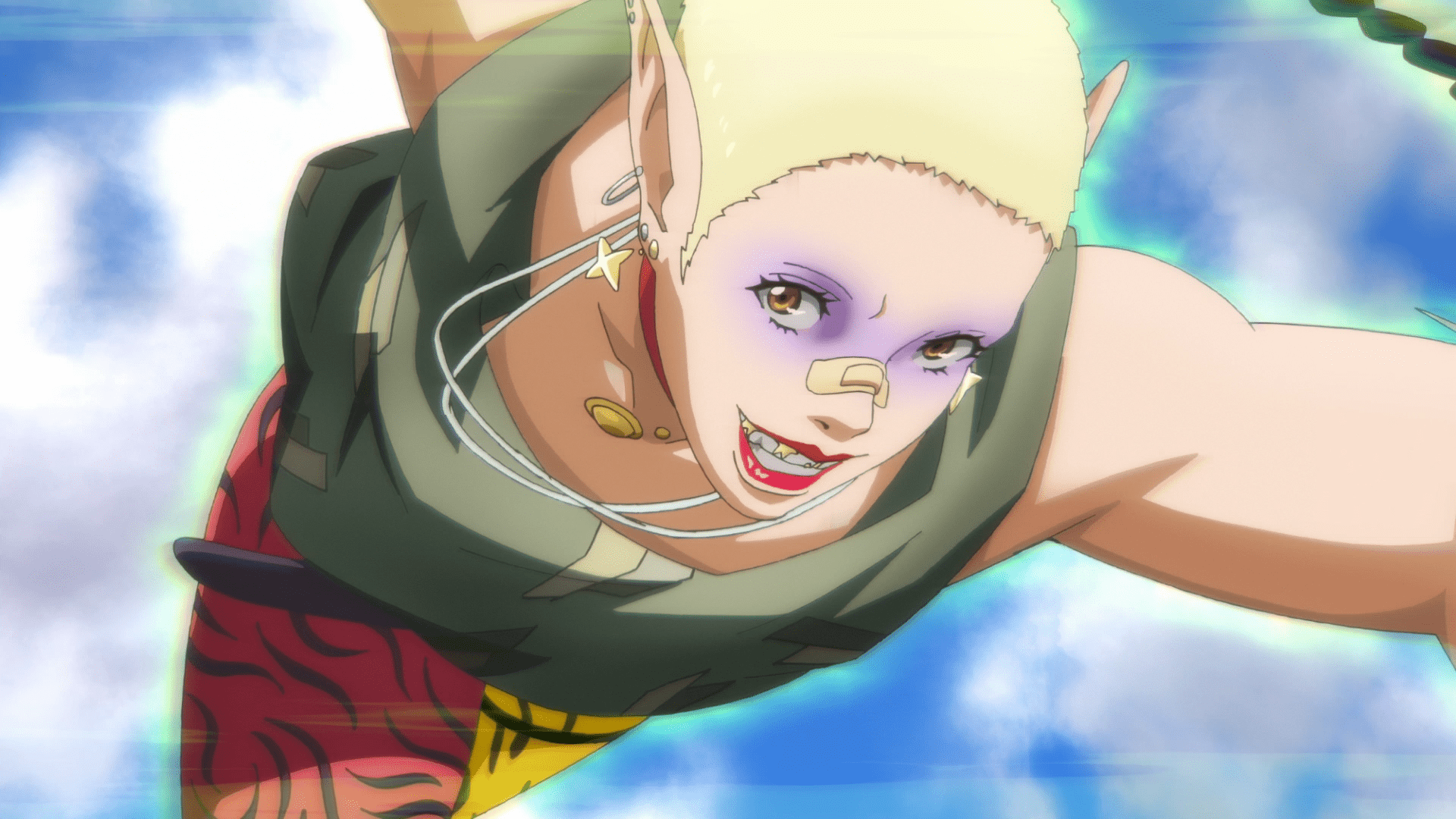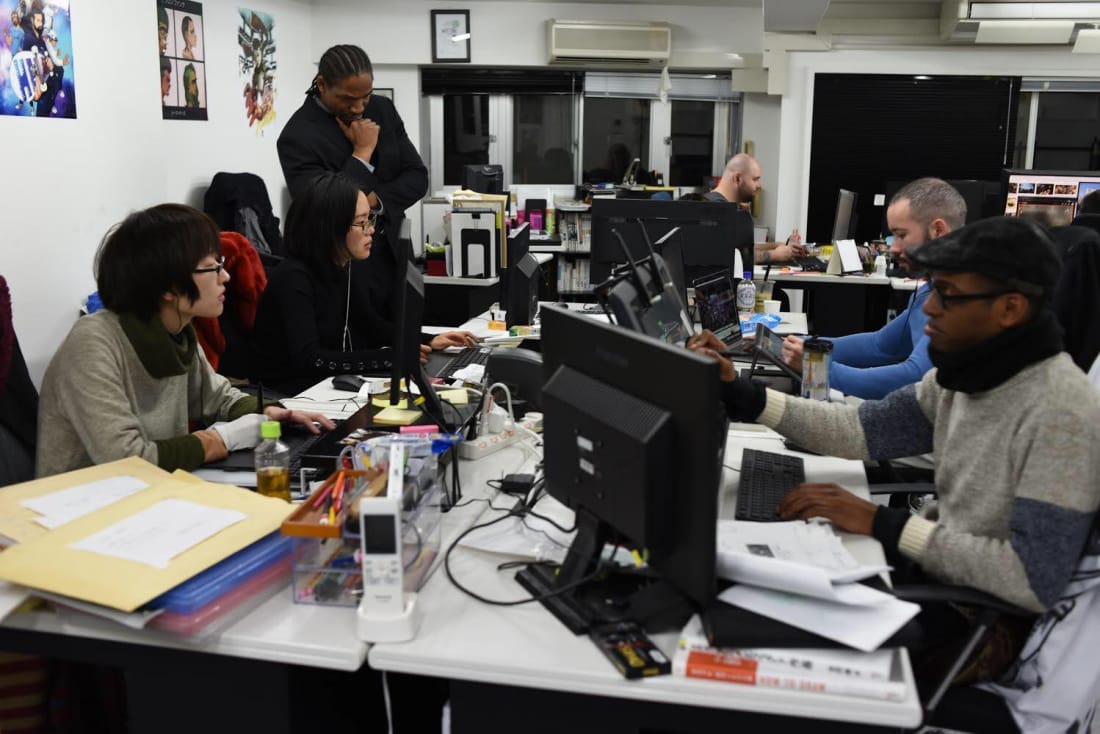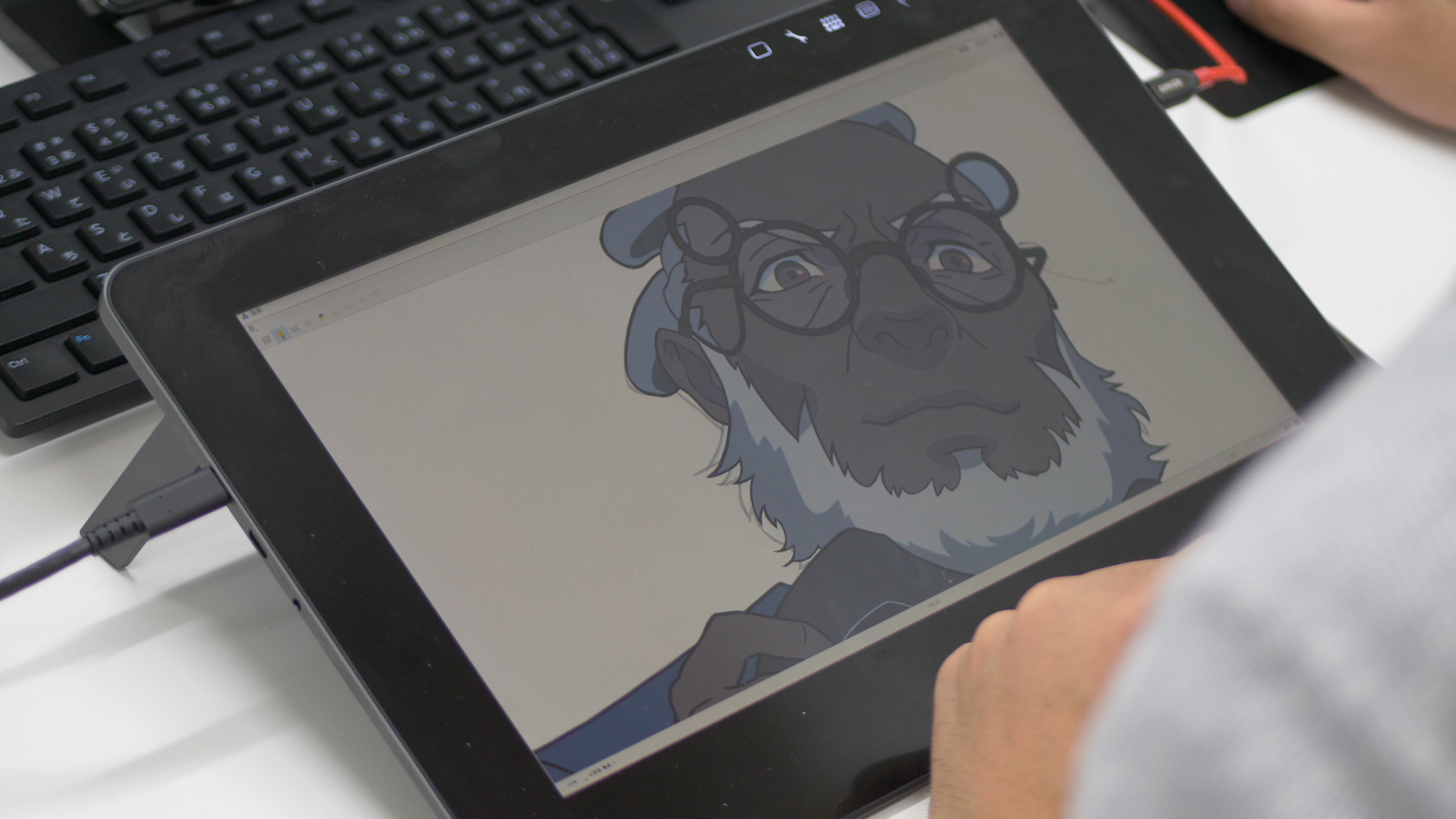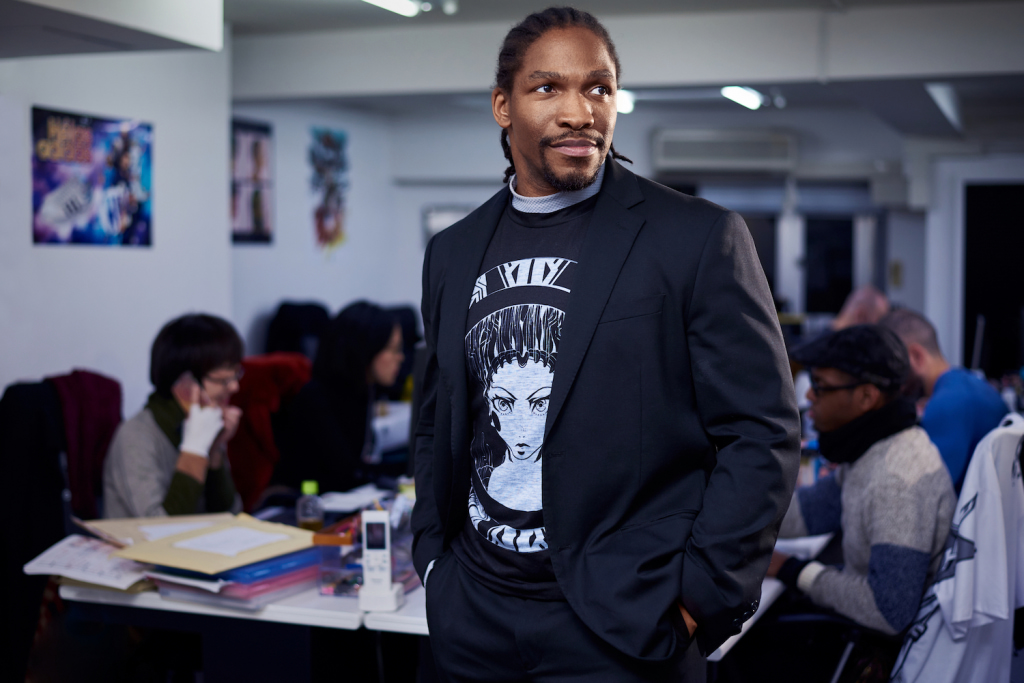Growing up in Paterson, New Jersey, Arthell Isom always dreamed of owning his own company, and in 2016, his dream came true when he became the co-founder of D’ART Shtajio, the first anime studio in Japan owned by a foreign national. Since then, Shtajio – which is a play on the phrase Shitaji ga daiji 下地が大事 (“The foundation is important”) and sutajio スタジオ (the Japanese word for “studio”) – has become an important player in the Japanese animation industry.
In the span of just a few years, they have provided key animation for such famous anime as Attack on Titan, the fourth season of Gintama, JoJo’s Bizarre Adventure: Golden Wind, and One Piece. They’ve also produced several original works.
But to Arthell, one of the things he’s most proud of is the fact that “our work is now viewed as anime not just by Japanese people but also foreigners. Most of the animation industry here has accepted us as an actual anime studio and it’s super cool and I’m super thankful for that.”
What is Anime?
“Anime” is a tricky word. In Japan, it really means all animation. Technically, to Japanese people, Bugs Bunny and Mickey Mouse cartoons are anime. But in the West, the term is reserved for animation coming out of Japan, which is where D’ART Shtajio is located, so why would they have to prove to anyone that they are a “real” anime studio?

“Japanese animation looks and feels different than Western animation, Middle-Eastern animation, Italian animation, French animation and so on,” Arthell explains. “There’s an art language to it so being a foreigner and having to learn the culture, the art and the people in order to understand the language of that art, that’s really difficult … It’s like, why do they use the colors the way that they do, why do these kinds of things appear in their works, how to paint a painting so it looks like it was made by a Japanese person?”
The Only Foreigner in the Room
Understanding that was the key to creating authentic anime, and Arthell eventually got there by working for one of the masters of anime art: Hiromasa Ogura, the art director for Ghost in the Shell, Last Exile and FLCL. “The things that really drew me in,” Arthell recalls, “is that he had a very artistic style. His paintings still felt like art, which I really like. Even though it looked so beautiful and so realistic, it looked painterly, like you could see the brushstrokes and you could tell how it was made … That was another cool thing: trying to figure out how even though it was so painterly, it still felt real. I wanted to copy that. This was another deciding factor that brought me to Japan; to work with Ogura-san.”
“It was never like, ‘Get out of here, foreigner’”
Arthell spent five years at Ogura Kobo, the artist’s atelier studio that provides background art for anime, during which time he learned about the Japanese way of doing things. It was a lot of work but throughout all that time he was never made to feel unwelcome. “When I worked at Ogura Kobo, I was the only foreigner there and I never felt any animosity like, ‘Why are you here?’ They were mad I couldn’t paint as fast as they could but it was never like ‘Get out of here, foreigner.’ Never anything like that. They would always take me out to lunch and be really supportive, like, ‘Wow, that’s so crazy that you’re here doing this and it’s amazing’ … I feel that in Japan, once you’re in the anime industry, there’s this group mentality of ‘Yeah, let’s do it!’”

Much like the Japanese definition of anime, the approach of the anime industry to “outsiders” seems inclusive. It’s most likely because the industry is ultimately made up of normal people and people tend to feel flattered when you’re fascinated by their culture. It makes them want to help you understand it better. That’s definitely been Arthell’s experience. But that’s not to say he’s totally silencing his cultural heritage and experiences and switching his brain to full-on Japanese mode. Learning how to do anime the Japanese way was just the first step. The second step is influencing it with his own unique and original ideas.
“Our way of thinking is going to be innately different in our approach to story. Our goal is to carve out a niche for ourselves and being Westerners gives us a chance to use our culture to influence our work in a positive way and to create something new within the medium of anime.”

Introducing D’ART Shtajio
A good example of this is D’ART Shtajio’s The Doll (Part 1) (少女のピエロ), an original story about a Black, older engineer constructing an android doll. “I feel like when I was creating the main character, Ijiro,” Arthell explains, “I wanted to make an older Black guy and you don’t really see characters like that in anime. Black characters are usually the cool, young hip-hop, basketball player type. So I thought ‘Cool, he’s an older Black guy. What do older Black guys look like?’ and just by thinking like that, going through that process, I guess we are starting to break stereotypes without seeking to break down stereotypes.”
“Being the first Black or American anime studio in Japan, that wasn’t my purpose”
“Just even being the first Black or American anime studio in Japan, that wasn’t my purpose. Those words never came out of my mouth, ever. I just wanted to start a company. And that’s how I approach our characters. I just want to tell really good stories and if we have a character on-screen, I want that character to be what they are supposed to be and hopefully that’s not a stereotype … I do understand the importance of representation in media and if you don’t decide to do it, that representation won’t happen. So, it’s a kind of decision to decide to do it, to tell that story, but I also feel that what you create is just part of who you are. In my case, I’m foreign, I come from a different country, different background, so just being in this position, it allows us to tell new stories.”
And when all is said and done, those new stories are still going to be anime.









